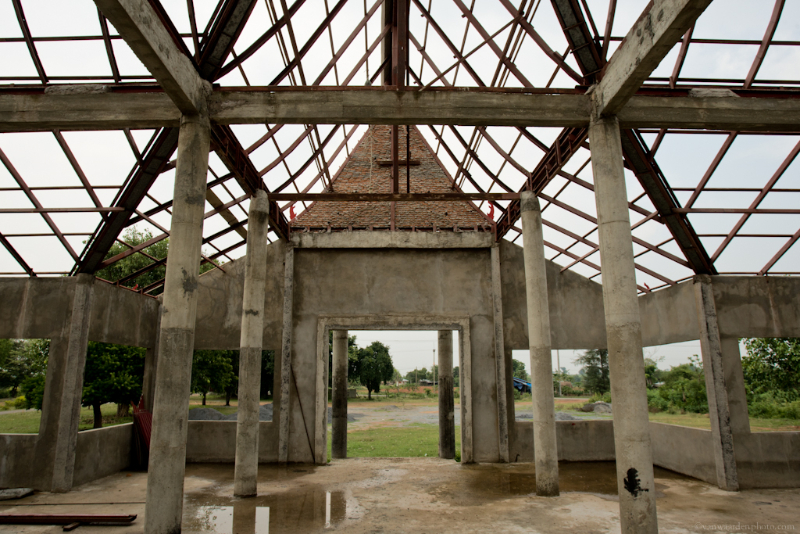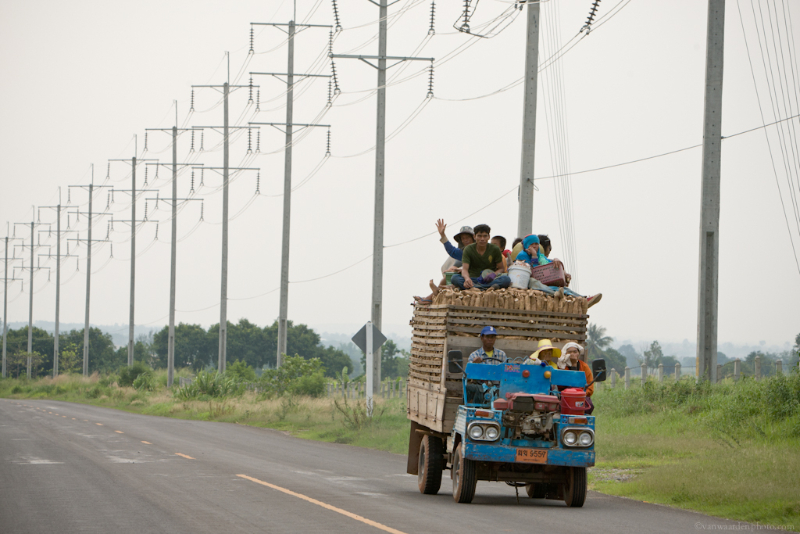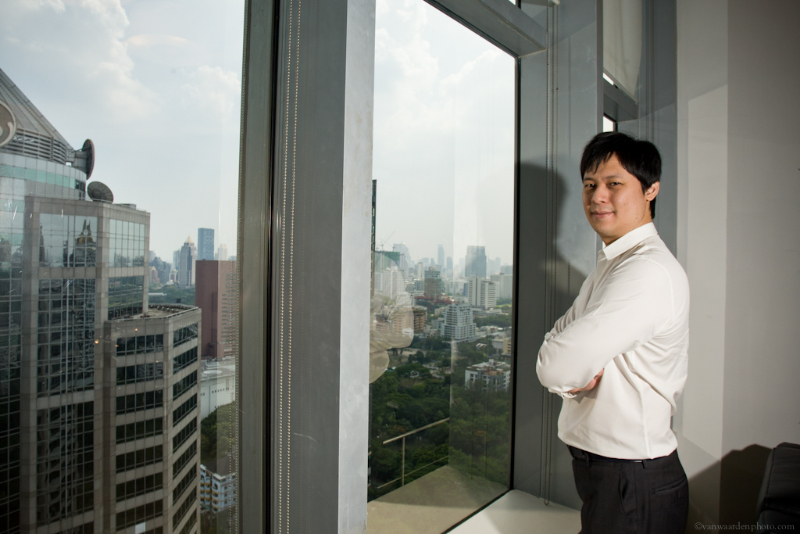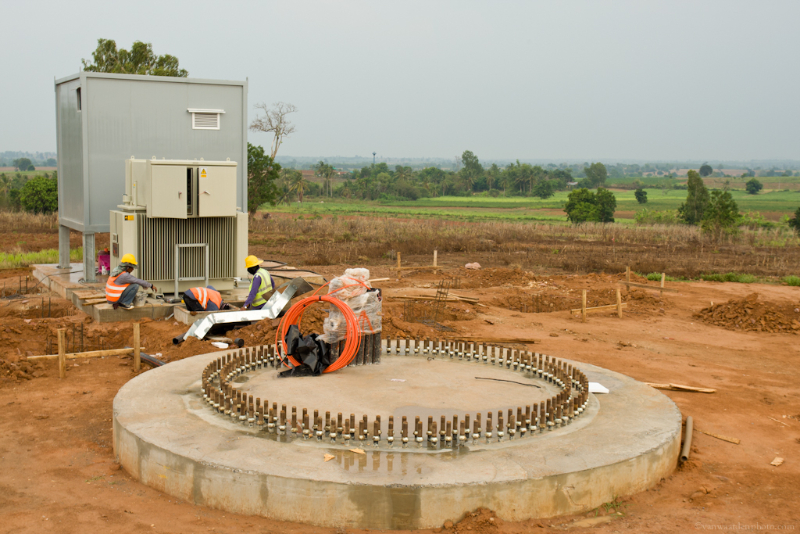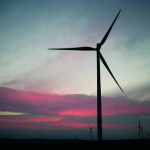 Wind power generated enough electricity to power four out of 10 UK homes last week – and that during a freezing March day and at a time when gas prices were at a seven year high.
Wind power generated enough electricity to power four out of 10 UK homes last week – and that during a freezing March day and at a time when gas prices were at a seven year high.
From 9.30pm last Thursday night for the rest of the night and day, wind power generated 5 GW of electricity consistently over the 24 hour period, meeting over 10% of the country’s electricity needs.
Last week UK gas prices reached a seven-year-high after a pipeline connecting the UK and Belgium was shut down due to a technical fault.
“What this shows is that wind is a stable and reliable source of power generation on the scale we need, when we need it most,” Maria McCaffery, Chief Executive of industry body RenewableUK, said. The news on gas “serves as a timely reminder of the vulnerability of supply and the price volatility of imported fossil fuels,” she added.
Today, photographer and wind power enthusiast Robert van Waarden reports on wind energy in Thailand, as part of the Global Wind Day “wind energy stories” series.
“A wind turbine represents modernity. So, they want this in their community. Hey we are modern, they say. This is latest technology and we are independent, from Burmese gas and from imported oil. Our energy is produced here with our own resource – that is wind – zero emissions and we are proud of it,” Nick Suppipat said.
Nick Suppipat and the company Wind Enterprise Holdings have recently completed the largest wind farm ever in Thailand. The 207 MW wind park is built in the Nakhon Ratchasima district. It is a significant step for the fledging wind industry in the Thailand and an example of how sustainable development can be a win-win.
Seven years ago, oil prices were skyrocketing and Thailand was in the midst of a financial crisis. Nick, an investor since he was 17, was convinced that renewable energy would be the next big thing and figured that wind was going to take the biggest share of that. For him, the business case made sense and he jumped in.
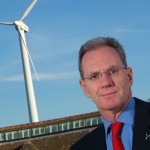
Mike Anderson
Estimating how much energy a planned wind farm will produce – the so-called resource assessment – with as much accuracy as possible is vital to gaining financing for that project, but forecasting energy output is fraught with difficulty. We spoke to Mike Anderson, Technical Director at RES, to unpick the issues.
What exactly is resource assessment?
Resource assessment is all about working out how much energy a site selected for a wind farm will produce. It is the process of using available climatological and topographical data to calculate, with minimised uncertainty, the potential energy produced within a site considered for development. The process of undertaking a resource assessment is complex and involves skill and judgement coupled with a firm understanding of numerical models.
Why is it important and who is interested in it?
The economics of a wind farm project are crucially dependent on the wind resource at a site. A robust estimate of the energy production of a prospective wind farm based on a wind and energy assessment is essential in supporting investment and financing decisions for both developers and investors. The more accurate the resource assessment, the more trust financiers will have in wind energy and therefore the greater the likelihood is of gaining finance for a project. Conversely, if assessments made by wind farm project developers differ greatly from the reality, financiers are likely to ask questions. That is why it’s important to work together as an industry to try and improve resource assessment as much as we can – essentially good techniques can improve our access to finance. In June EWEA is holding a technology workshop tasked with delving deeper in to resource assessment, if you’d like to know more, click here.

Angelika Pullen
By Angelika Pullen, WindMade
It was predictable, but still disappointing: The Doha climate negotiations confirmed that the multilateral process to save our climate has stalled. We are not likely to see much movement from governments for many years to come.
Unfortunately, though, the climate can’t wait for international negotiators to get their acts together. So, what can we do?
For our sector, it means that we have to press on with the renewable energy revolution regardless. Of course this will continue to be driven by national and regional targets and legislation, but I am convinced that companies and consumers can and must also make a contribution to drive demand for renewable energy.
People want to see change now, with or without a global deal – not just the increasing number of climate activists, but also your average man on the street. Poll after poll shows that people care, that they love renewables, and that they want to have a choice. It’s all about transparency.
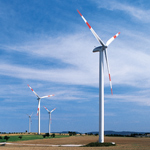 Health warnings from anti-wind power activists about wind power are likely to be causing some people to think they are getting sick, a new study from an Australian academic shows.
Health warnings from anti-wind power activists about wind power are likely to be causing some people to think they are getting sick, a new study from an Australian academic shows.
Simon Chapman, one of the study’s contributing authors, said health complaints in Australia about so-called ‘Wind Turbine Syndrome’ began to appear after “scare-mongering groups began megaphoning their apocalyptic, scary messages to rural residents.”
The study, which was published last week, said that “conclusions in view of scientific consensus that the evidence for wind turbine noise and infrasound causing health problems is poor.”
It added that wind-power-related “complaints are consistent with psychogenic hypotheses that health problems arising are ‘communicated diseases’” spread by claims that turbines would make people sick.
 Wind power generated enough electricity to power four out of 10 UK homes last week – and that during a freezing March day and at a time when gas prices were at a seven year high.
Wind power generated enough electricity to power four out of 10 UK homes last week – and that during a freezing March day and at a time when gas prices were at a seven year high.






 Comments
Comments
